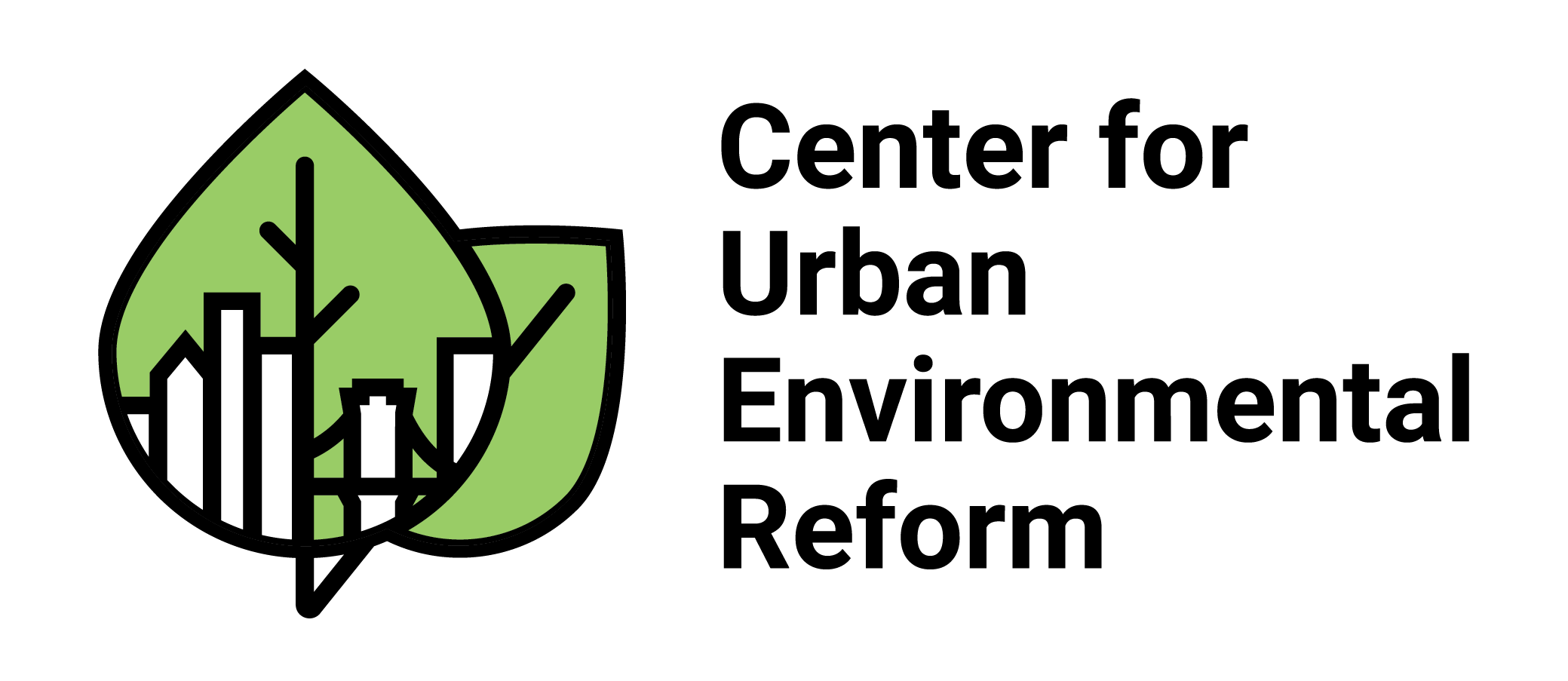Deep Water, Deep Problems
Forty years ago this month (i.e., October 1972), the Federal Water Pollution Control Act of 1948 was majorly amended and took on the name the Clean Water Act (CWA). The Water Quality Act of 1987 amendments established that states would now operate loan programs for sewage-treatment plant construction-grants, under a State Revolving Fund. Today, New York City’s sewers will be the topic of discussion.
Sewer systems have been important for improving water quality since they first appeared. They have also been a sensation for NYC and American popular culture, with tales of alligators and mutated turtles residing within these urban caverns. NYC, however, while having sewers for more than 150 years, did not have a wastewater treatment plant that prevented daily raw sewage discharge into the Hudson River until 1986. The North River Wastewater Treatment Plant was conceived of in theory in 1914, but did not really advance until the 1960s, and construction did not begin until after the passage of the CWA. NYC now has 14 wastewater treatment plants, which have likely helped manage and improve the water quality in the areas surrounding NYC since the first plant went into operation in 1903.
A close look at the location of the NYC treatment plants show that many are in neighborhoods that could historically be considered environmental justice areas. The aforementioned North River Plant is located in Harlem, while other notable EJ areas containing these plants are Hunts Point in The Bronx; areas surrounding Jamaica Bay in both Brooklyn and Queens; Newtown Creek, with the plant on the Brooklyn shore; Red Hook in Brooklyn; Bowery Bay in the area of Queens near La Guardia Airport and the Rikers Island access bridge; and the Wards Island Plant on Wards Island. Work has been done on some of these plants to improve aesthetic quality, (purportedly) reduce odors and consider the surrounding neighborhoods. North River, for example, contains Riverbank State Park, and the Newtown Creek facility was redesigned with the industrial and increasingly residential areas in its proximity. Nevertheless, treatment plants such as Bowery Bay and Wards Island contain their classic treatment plant look (and sometimes smell) and do not do much to improve the value of their location. While Wards Island is primarily covered in athletic facilities, there are mental health hospitals and a homeless shelter on the island; and Bowery is tucked near residential developments that will probably continue to creep north based on the NYC’s trend of developing anywhere that exists.
Moreover, as NYC continues to grow and develop, the sewage system is increasingly burdened and is in need of constant improvements. When unusually heavy rains hit, the storm drains (which are combined with the wastewater pipes) overtax the system and cause overflow. The city has started to address this problem of increased discharge during ties of major downpours, but the system is in need of major overhauls. As time progresses and the system ages more and more, the neighborhoods surrounding the treatment plants will increasingly bear the localized burden of dealing with the City’s waste. As with any progression and development, work is never done, and the time is always ripe for addressing issues such as the sewer system while taking into account the voices of those who live nearby the treatment plants.


